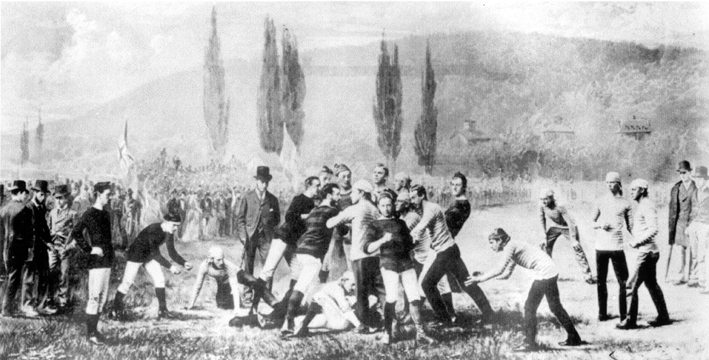RocPK Reopening Update

Dear members,
We’ve received a lot of inquiries on our reopening schedule as well as a lot of congratulations and well wishes. Your support means the world to us!
However, after further discussions with State and local departments, we do want to update that our August 1st reopen date is getting pushed.
Basically, given our unique business identity and the services we offer, it’s proving to be a challenge to properly classify our business. Our current business classification is not permitted to open. We are working with the authorities to finalize a plan that would allow us to reopen under a different classification that is allowed to open. Those details are not yet finalized.
There are a couple important deadlines that are going to be occurring soon that may result in further official guidance. One of those deadlines is Gov. Cuomo’s decision on a return to school. That decision is slated to occur on or before Aug 7th. As is, no update has been provided on when or how Fitness gyms will be re-opened.
Many of you have also reached out with ideas or thoughts that might help us. Don’t stop doing that! We love hearing from you! However, one of the most frequently asked questions we’ve received regards outdoor training. To answer that question here: Fitness activities like yoga and basic group fitness (e.g. Pilates) have been cleared to operate outdoors. Unfortunately, this is not an option that we can accommodate at this time.
Certain parks in Monroe County have been made available for outdoor classes, but permits are required to reserve those parks. A permit requires the proper insurance coverage and our insurance policy is specifically set to cover instruction within our facility. Going elsewhere requires additional insurance coverage which is prohibitively expensive for us. Parkour insurance is unfortunately not as streamlined or cheap as yoga or personal training insurance is.
We don’t want to give you this information and not give any further deadline. That’s basically what NYS is doing to us and it isn’t very enjoyable. So instead, we’re going to say that we’ll be checking back in on August 10th, unless magic happens and we’re able to coordinate with the State to properly and legally re-classify ourselves by adjusting our service offerings accordingly with their approval.
Finally, I know it’s hard to hear this over and over, but we wouldn’t be here without the ongoing support of you and all our members. There’s really no other way to say this, even if we were to reopen today, the gym is looking at no less than 3-4 months of operating losses. Our fight is far from over.
If you value the service, the community, and the education that we provide and you want to ensure that it will be here when our world is less threatening, please consider enrolling for a membership. The monthly support goes a long way to helping us pay our rent, utilities, payroll, debts, and all other recurring expenses. Even a monthly Open Gym Membership goes a long way to helping us meet these financial stresses.
Of course, you can also send direct donations to us through our PayPal.
Additionally, if you want to stay more connected with us and others in the community as we await our re-opening, we created an online forum for us to chat, share stories and updates, oh… and memes…. Lots of memes 😛 You can join by clicking the above link.
Thanks for being with us through all this. We can’t wait to see you and the family in the gym again soon!
-RocPK




















 “We know now that there is ‘method to our madness’ so to speak; parkour landings are safer for us to perform than traditional methods, but they’re unlikely to make us impervious to the potential consequences of sustained drops onto concrete. It’s important for the global parkour community – especially coaches, figureheads and organisations – to get behind this discussion and ensure that our mentoring practices and the language we use fits the situation at hand, because after all, we don’t yet know the truth about the long term affects of our landings.”
“We know now that there is ‘method to our madness’ so to speak; parkour landings are safer for us to perform than traditional methods, but they’re unlikely to make us impervious to the potential consequences of sustained drops onto concrete. It’s important for the global parkour community – especially coaches, figureheads and organisations – to get behind this discussion and ensure that our mentoring practices and the language we use fits the situation at hand, because after all, we don’t yet know the truth about the long term affects of our landings.”
